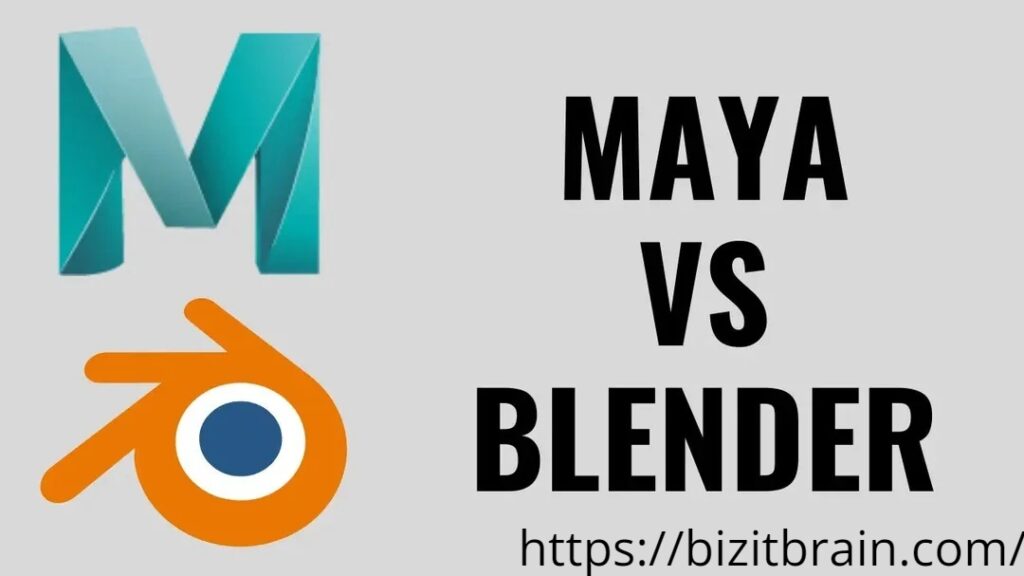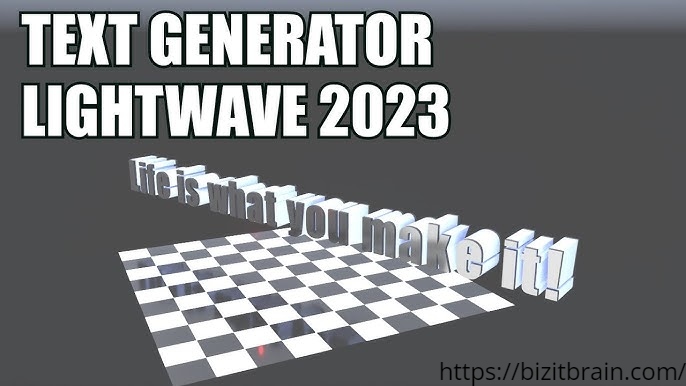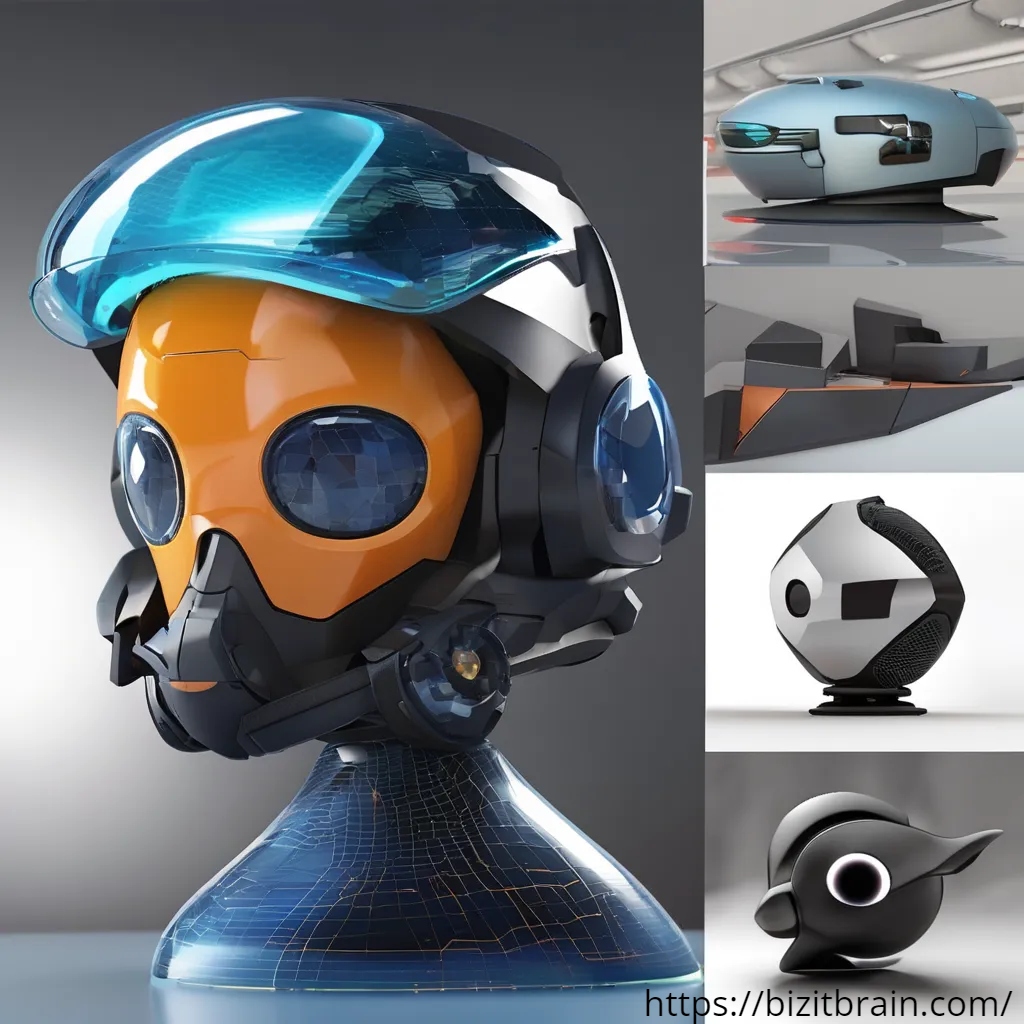
The lightwave 2023 vs maya review Both platforms have carved their niches in animation, visual effects, and game design. But which one truly reigns supreme? Join us as we compare features, pricing, community feedback, and much more to see which tool is right for you!
Lightwave 2023 vs Maya: Which 3D Software Reigns Supreme?
When it comes to 3D software, the competition is fierce. LightWave 2023 and Maya both boast robust capabilities, attracting a diverse range of users. From seasoned professionals to enthusiastic newcomers, each platform offers unique advantages.
LightWave has long been celebrated for its user-friendly interface and powerful rendering engine. It’s an excellent choice for those diving into animation or VFX without feeling overwhelmed. On the other hand, Maya is often favored in large studios due to its extensive toolset and integration options.
Your specific needs will dictate which software shines brighter in your creative journey. Both have their merits worth exploring!
Wave 3D “one of the excessive 3D correspondences of our time” is back
Its robust tools and user-friendly interface have made it a favorite among artists and designers alike. The recent unveiling of LightWave 2023 reignites that passion, showcasing its capability to create stunning visuals.
With advanced rendering techniques and improved modeling features, LightWave is poised to reclaim its spot at the forefront of the industry. Many professionals regard it as “one of the great 3D packages of our time,” highlighting its lasting impact on animation and design.
As users dive into this new version, excitement builds within creative communities. The return signals not just nostalgia but also innovation for future projects.
LightWave 2023 Review
Light Wave 2023 brings a refreshed look and feel to the beloved software. Users will appreciate its intuitive interface, making it easier than ever to navigate complex projects.
The lightwave 2023 vs maya review latest iteration boasts enhanced rendering capabilities that elevate visual output significantly. This improvement is particularly noticeable in high-resolution scenes and intricate textures.
Additionally, performance optimizations have made workflows smoother. Artists can work more efficiently with new tools designed for faster modeling and animation processes, ensuring creativity flows without interruption.
The Return of LightWave
LightWave 2023 marks a significant revival for this beloved software. Once considered one of the industry’s cornerstones, it has faced challenges in recent years. Its return is generating excitement among long-time users and newcomers alike.
The new ownership promises fresh energy and innovation. Fans are eager to see how LightWave can compete with modern giants like Maya. The anticipation builds as updates roll out, showcasing enhanced capabilities.
With a commitment to its legacy, LightWave aims to blend nostalgia with contemporary needs. This balance could redefine its position in the competitive landscape of 3D software development.
New Features of LightWave 2023
LightWave 2023 has made a grand return with an array of exciting new features. One standout addition is the revamped user interface, which enhances workflow efficiency and makes navigation more intuitive for artists.
The software now includes advanced procedural modeling tools that allow for greater flexibility and creativity in design. This empowers users to create complex structures without the usual time constraints.
Another major highlight is improved rendering capabilities, lightwave 2023 vs maya review including real-time updates. These upgrades not only speed up production but also elevate visual quality, making LightWave 2023 a compelling option for both professionals and hobbyists alike.
Unreal Engine Bridge Integration
LightWave 2023 introduces a seamless integration with Unreal Engine, enhancing the workflow for artists and developers alike. This bridge allows users to easily transfer assets between the two platforms, streamlining the creation process.
With this integration, real-time rendering capabilities are significantly boosted. Artists can now bring their LightWave models into Unreal Engine without losing quality or detail.
This collaboration is particularly beneficial for those working in interactive media. The ability to efficiently move assets enhances creativity while saving valuable time during project execution.
LightWave 3D vs. Maya Comparison
When comparing LightWave 2023 and Maya, both software packages excel in their unique ways. LightWave is known for its intuitive interface and streamlined workflows, making it a favorite among freelancers and small studios. Its rendering capabilities are impressive, allowing artists to create stunning visuals with ease.
Maya, on the other hand, offers a robust set of tools that cater to larger productions. Its animation features are industry-standard, providing unparalleled flexibility for character rigging and motion graphics. Each software has built a loyal following within different segments of the 3D community.
Platforms, Audience, and Support
LightWave 2023 runs on Windows and macOS, making it accessible to a broad audience. It appeals primarily to freelancers, small studios, and independent artists looking for powerful yet cost-effective tools.
Maya also supports both platforms but leans towards larger studios with complex pipeline needs. Its robust features cater well to professionals in film and game development.
Support for LightWave comes from various forums and community-driven resources. Meanwhile, Maya users benefit from extensive Autodesk support channels that provide tutorials and troubleshooting assistance. Each software has its own unique ecosystem of help options tailored to its user base.
Pricing and Reviews
LightWave 2023 offers flexible pricing that caters to various budgets. Users can choose between a perpetual license or subscription options, making it accessible for freelancers and studios alike. This versatility helps attract a diverse range of users.
Maya, on the other hand, tends to have a higher price point with its subscription model. While this may deter some entry-level artists, many professionals find value in the robust feature set that comes with Maya.
Reviews for both software highlight their strengths and weaknesses. LightWave receives praise for its intuitive interface, while Maya is lauded for advanced tools but sometimes criticized for its learning curve.
Features and Integrations
Lightwave 2023 introduces a robust set of features that cater to both beginners and professionals. Its intuitive interface simplifies the workflow, making it easier to navigate complex projects. Users can create stunning visuals with powerful modeling tools.
Integration capabilities are crucial for modern 3D software. Lightwave seamlessly connects with popular platforms like Unreal Engine, enhancing real-time rendering experiences. This connection opens avenues for game developers and VFX artists alike.
Maya also boasts impressive features, lightwave 2023 vs maya review including advanced character rigging and animation tools. Both software packages offer extensive plugins, expanding their functionality further in various creative domains.
Community Discussions and Feedback
Community discussions around LightWave 2023 and Maya are vibrant and diverse. Users frequently share their experiences, challenges, and tips on forums and social media platforms.
Feedback varies widely; some praise LightWave’s intuitive interface while others highlight Maya’s extensive features. Artists often discuss how each software suits different project needs, making it easier to choose the right tool for specific tasks.
Supportive communities thrive as users collaborate on problem-solving. Whether it’s shader creation or animation techniques, these conversations foster a sense of camaraderie among 3D artists globally.
Insights from VFX Community
The VFX community is buzzing with excitement about LightWave 2023 and its comparison to Maya. Many artists appreciate the nostalgia surrounding LightWave, recognizing its historical contributions to the industry. It seems there’s a growing interest in how this revival can shake up traditional workflows.
Users are eager to share their experiences on forums and social media platforms. They highlight the ease of use found within both software options while debating which offers superior rendering capabilities.
Maya’s robust toolset still has a loyal following, but some see lightwave 2023 vs maya review as an emerging contender worth exploring for innovative projects in animation and visual effects.
New Owners and Future of LightWave 3D
The recent acquisition of LightWave 3D has sparked renewed interest among its user base. New ownership often brings fresh perspectives and innovative ideas, which can lead to exciting developments.
With a focus on enhancing the software’s capabilities, there’s potential for groundbreaking features that could elevate artist workflows. The community is buzzing with anticipation as users hope for improvements in performance and usability.
Moreover, ongoing support from the new team might foster a vibrant ecosystem around LightWave 3D. As they navigate their roadmap, many are eager to see how these changes will shape the future of this beloved tool in the industry.
User Perspective: G2 lightwave 2023 vs maya review and Alternatives
User perspectives play a crucial role in evaluating software effectiveness. G2 reviews provide valuable insights from users of both LightWave 2023 and Maya. Many praise LightWave for its user-friendly interface and robust rendering capabilities
On the other hand, Maya is often lauded for its comprehensive tools suited for animation, modeling, and simulation. However, some users note that it can have a steep learning curve compared to LightWave.
Alternatives like Blender also come into play, lightwave 2023 vs maya review appealing especially to those seeking free options with extensive features. Personal preference and project requirements will dictate which software suits you best as you navigate the vibrant world of 3D design.

